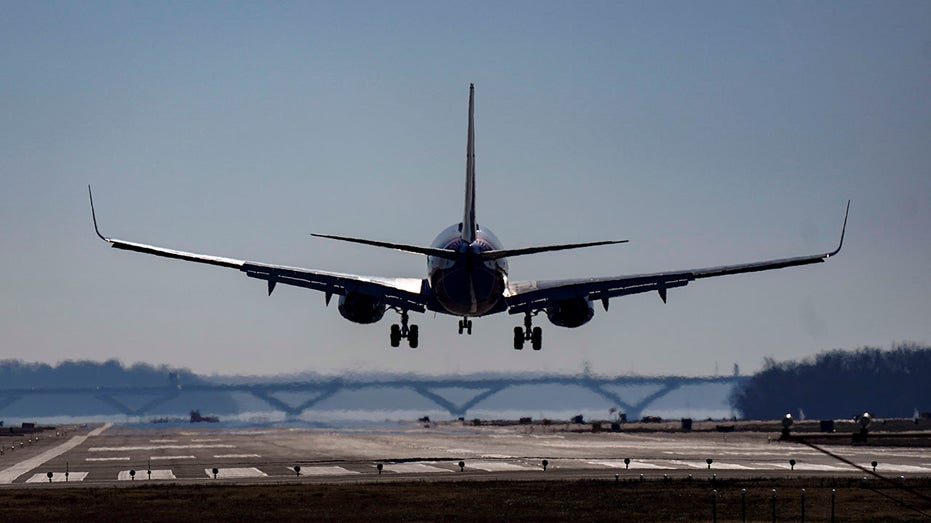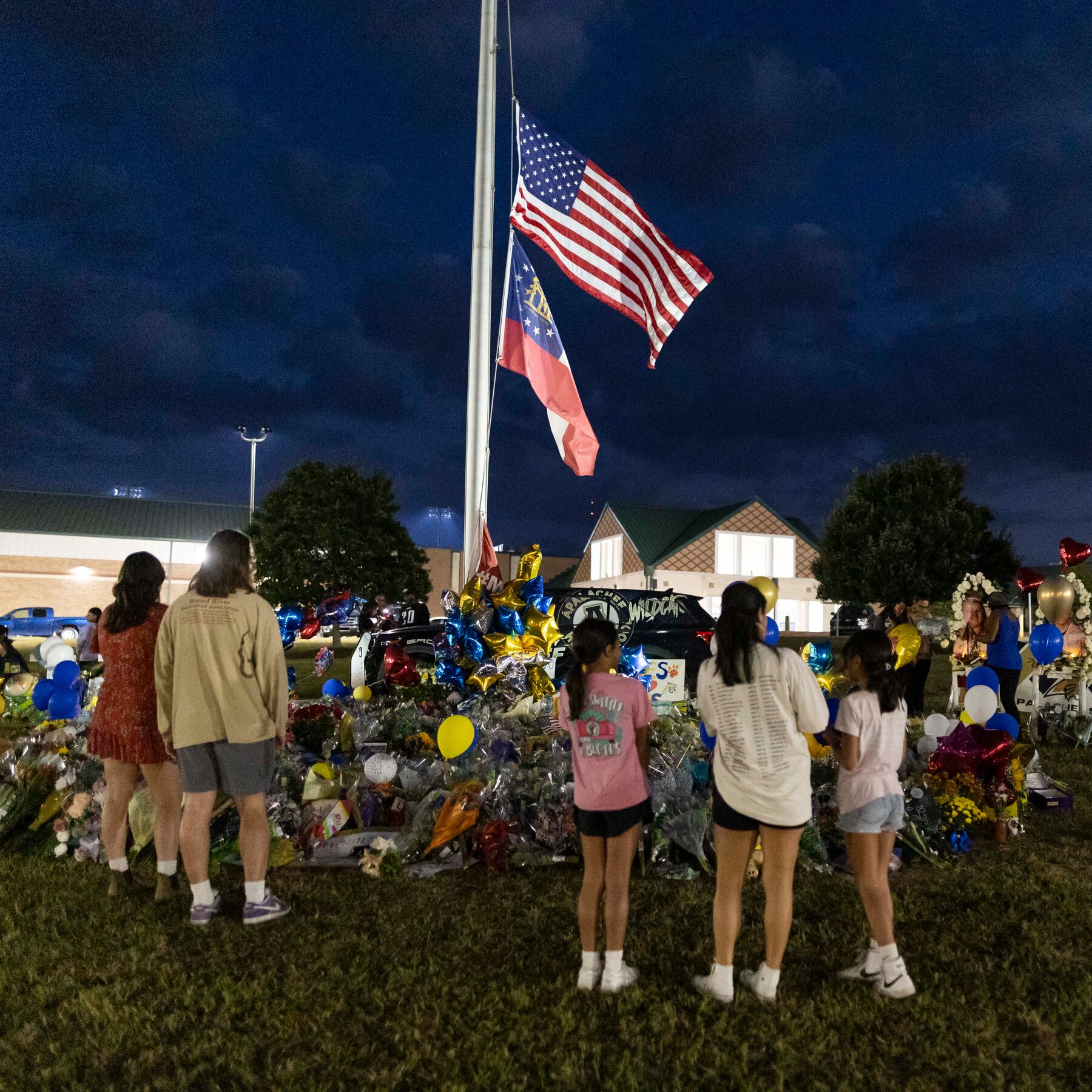The Trump administration Thursday rolled out its three-year plan to build a brand-new, “state-of-the-art” air traffic control system to address critical safety needs — replacing core infrastructure and telecommunications networks to “unlock the future of air travel.”
Transportation Secretary Sean Duffy unveiled the proposal Thursday, which would replace the current, antiquated Federal Aviation Administration (FAA) system and “enhance safety in the sky, reduce delays and unlock the future of air travel.”
AMERICANS DESERVE TO HAVE A ‘STATE-OF-THE-ART’ AIR TRAVEL SYSTEM: SEAN DUFFY
“Under President Trump, America is building again,” Duffy said Thursday, upon rolling out the new proposal for a “once-in-a-generation opportunity to build a brand new, state-of-the-art air traffic control system.”
“Decades of neglect have left us with an outdated system that is showing its age,” Duffy said, noting that building the new system “is an economic and national security necessity, and the time to fix it is now.”
Under the new air traffic control system proposal, the FAA would replace infrastructure, like radar, software, hardware and telecommunications networks to manage modern travel.
NEWARK AIRPORT HIT WITH NEW DELAYS, OUTAGE HEARD ON AIR TRAFFIC CONTROL AUDIO
Officials say the current system is one “build for the past,” but the new proposal is to build a system “for the future.”
The plan would ensure facilities are equipped with better technologies to reduce outages, improve efficiency, and reinforce safety.
“We’re going to be buying a brand-new, state of the art system that will cover the entire world,” President Trump said earlier Thursday.
According to the Transportation Department, the plan consists of four infrastructure components: Communications, Surveillance, Automation and Facilities.
Officials plan, by 2028, to replace current, antiquated telecommunications systems with new fiber, wireless and satellite technologies at more than 4,600 sites; 25,000 new radios, and 475 new voice switches. 618 radars will also be replaced by 2027.
The plan would also address runway safety by increasing the number of airports with Surface Awareness Initiative to 200. Officials expect this to be complete by 2027.
The Transportation Department also proposed building six new air traffic control centers for the first time since the 1960s. It also proposes replacing 15 towers and 15 co-located TRACONs, or Terminal Radar Approach Controls, which are facilities that manage air traffic in the airspace surrounding busy airports.
Officials also proposed the installation of new modern hardware and software for all air traffic facilities, which would create a common platform system throughout all towers, TRACONs and centers.
The proposal also includes the deployment of additional technologies to the Caribbean and Alaska to provide accurate, real-time surveillance and weather information for air traffic control and pilots to ensure “safe and efficient flights for these critical locations.”
Officials stressed the need for a new air traffic control system, saying the FAA is grappling with a “rapidly growing, complex and demanding aviation sector,” as commercial air travel returns to pre-COVID levels. Officials also pointed to novel challenges including drones and advanced air mobility.
Officials said that the FAAs current systems “are showing their age,” which leads to “delays and inefficiencies.”
The Department of Transportation, though, stressed that the National Airspace System is “safe,” but stressed that maintaining the safety is necessary.
The proposal is based on a 3-year framework to reinvest in the National Airspace System, and called for an “emergency supplemental funding increase.”
“Modernization of the NAS can no longer take 10+ years to complete; it must be done now,” the proposal states. “We need an immediate infusion of funding to address critical infrastructure needs.”
A report issued by the Government Accountability Office (GAO) in March shows that the Trump administration inherited an outdated FAA system from the Biden administration with “severe shortcomings” that resulted in dangerous travel conditions across the country.
After Trump’s return to the White House, GAO advised the administration that it had made nine recommendations to the FAA under the Biden administration that remain open, and that “urgent attention” is needed to remedy the safety issues left by Biden.
GAO said that under the Biden administration the FAA “did not prioritize or establish near-term plans to modernize unsustainable and critical systems.”
The GAO’s 2025 report said the 2023 national airspace prompted an operational risk assessment, which found that of the 138 air traffic control systems, “51 (37%) were deemed unsustainable by FAA and 54 (39%) were potentially unsustainable.”
Meanwhile, Secretary Duffy on Thursday said that the administration has assembled an “unprecedented coalition of support” from labor to industry, stressing that support is “indicative of just how important it is to this administration to get done what no one else could.”
Duffy added: “The American people are counting on us, and we won’t let them down.”
The roll out of the proposal comes just days after the FAA issued a ground delay for Newark Liberty International Airport in New Jersey due to staffing shortages, weather and construction.
“Our antiquated air traffic control system is affecting our workforce,” an FAA statement said. “As Secretary Duffy has said, we must get the best safety technology in the hands of controllers as soon as possible.”
It also comes after air traffic controller audio was made public from when radar and radio communications with planes were briefly lost at Newark Airport on April 28.
The April 28 outage lasted roughly 90 seconds. The National Air Traffic Controllers Association confirmed the incident to Fox News Digital, writing that the Federal Aviation Administration (FAA)’s operation in Philadelphia had “temporarily lost radar and communications with the aircraft under their control, unable to see, hear, or talk to them.”
Fox Business’ Grady Trimble contributed to this report.

















Leave a Reply